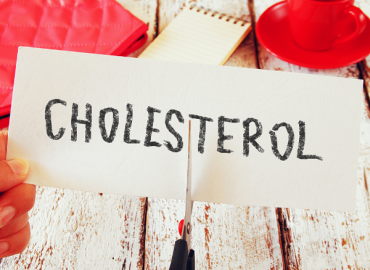The Emotional Impact of Wounds: Supporting Patients Through the Healing Process
Wounds, whether caused by accidents, surgery, or medical conditions, can have a significant emotional impact on patients. The emotional impact of wounds can range from anxiety and fear to depression and social isolation. Therefore, it is essential to provide emotional support to patients during the healing process. In this article, we will explore the emotional impact of wounds and ways to support patients through the healing process.

The Emotional Impact of Wounds
Wounds can be painful and uncomfortable, but they can also have a significant emotional impact on patients. Patients may experience a range of emotions, including anxiety, fear, depression, and social isolation.
Anxiety and Fear
Patients may experience anxiety and fear due to the uncertainty surrounding the healing process. They may worry about the wound becoming infected, the pain associated with the healing process, and the potential for scarring. It is essential to provide patients with information about the healing process and address their concerns to help alleviate anxiety and fear.
Depression
Wounds can also lead to depression, especially in patients who experience chronic wounds. Chronic wounds can be challenging to heal, and patients may feel discouraged and hopeless. Depression can also lead to physical symptoms such as fatigue, difficulty sleeping, and loss of appetite. It is important to recognize the signs of depression and provide appropriate support to patients.
Social Isolation
Patients may feel socially isolated due to their wound. They may be unable to participate in activities they enjoy or feel self-conscious about their appearance. Social isolation can lead to feelings of loneliness and sadness. Encouraging patients to engage in social activities and providing emotional support can help reduce social isolation.

Ways to Support Patients Through the Healing Process
Providing emotional support and education about wound healing can help patients cope with the emotional impact of wounds. Additionally, addressing the patient’s physical needs can help facilitate the healing process.
-
Provide Emotional Support
Providing emotional support can include listening to the patient’s concerns, addressing their fears, and offering encouragement. Patients may also benefit from support groups or counseling to help them cope with the emotional impact of the wound.
-
Educate Patients about Wound Healing
Educating patients about wound healing can help alleviate anxiety and fear. Patients should be informed about the healing process, how to care for their wound, and signs of infection. They should also be informed about potential complications and when to seek medical attention.
-
Encourage Patients to Engage in Social Activities
Encouraging patients to engage in social activities can help reduce social isolation. Patients should be encouraged to participate in activities they enjoy and to maintain their social connections.
-
Address the Patient’s Physical Needs
Addressing the patient’s physical needs can help facilitate the healing process. Patients should be encouraged to eat a healthy diet, get enough sleep, and exercise as appropriate. Additionally, wound care should be tailored to the patient’s specific needs and preferences.
Conclusion
Wounds can have a significant emotional impact on patients. Patients may experience anxiety, fear, depression, and social isolation. Therefore, it is essential to provide emotional support and education about wound healing. Additionally, addressing the patient’s physical needs can help facilitate the healing process. By providing comprehensive support to patients, healthcare providers can help patients navigate the emotional impact of wounds and support them through the healing process.
FAQs
Q: Can wounds cause PTSD?
A: While not everyone who experiences a wound will develop post-traumatic stress disorder (PTSD), it is possible for wounds to contribute to PTSD symptoms. If you are experiencing symptoms such as flashbacks, nightmares, and avoidance behaviors, seek professional help.
Q: How can family and friends support someone with a wound?
A: Family and friends can provide emotional support, help with wound care, and assist with daily activities as needed. Encouraging the person to participate in social activities and providing a listening ear can also be helpful.
Q: Can stress affect wound healing?
A: Yes, stress can affect wound healing. Stress can increase inflammation and reduce blood flow, both of which can slow down the healing process. Managing stress through relaxation techniques, exercise, and social support can help improve wound healing.


























